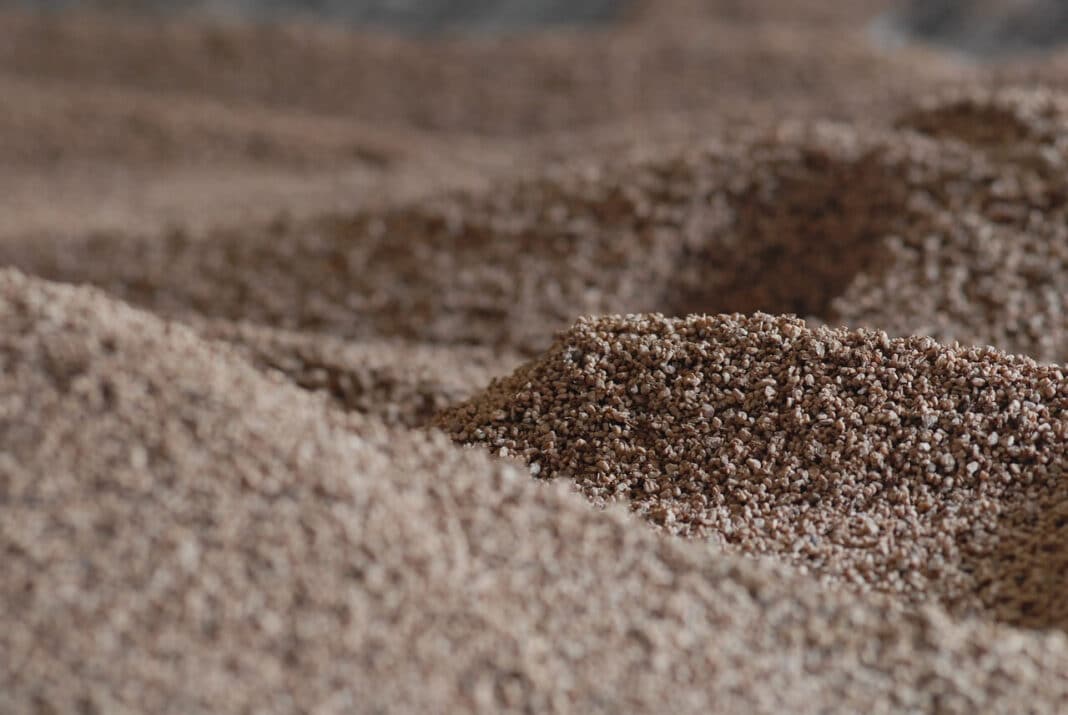The NSW government has approved BlueScope’s Port Kembla coal terminal to undergo a $182-million upgrade, allowing the steelmaker to import coal from Queensland.
According to the ABC, NSW Planning Minister Paul Scully said the project is now a declared Critical State Significant Infrastructure, which allows improvements of three berths at the terminal to be kick-started.
As the region’s Dendrobium Mine winds down, BlueScope needs to make other plans, says David Scott, the steelmaker’s general manager of Manufacturing for Australian Steel.
The new berths will bring in lower-emission steelmaking technology, including biochar.
Biochar technology uses biomass, such as timber waste, as a substitute for pulverised coal, which reduces carbon emissions.
The process involves taking trees that have already been felled and stacked. These trees are then placed into a machine called a pyrolysis unit, which is the size of a shipping container.
The unit superheats the timber, breaking it down in a high-heat, oxygen-free environment. Once this process is completed, the waste from pyrolysis is classified as ‘carbon-reducing material.’
Research shows that pulverized biochar/coal can successfully bind
In August 2021, BlueScope announced plans to replace its reline and blast furnace at the Port Kemba coal terminal. In October 2021, BlueScope and Rio Tinto signed a Memorandum of Understanding (MOU) to research and design low-emission processes and technologies for its steel value chain.
By mid-2022, BlueScope received funding from the Australian Renewable Energy Agency (ARENA) to use charcoal produced from biochar to transition from traditional steelmaking to ‘green steel production’ as part of a commitment to net-zero emissions by 2050.

Partnering with the University of Wollongong and CSIRO, BlueScope has completed a 1,000-tonne biochar trial in its No. 5 Blast Furnace, Mr. Scott said, but the biochar supply chain was challenging.
“The supply chain does not exist,” he said.
“We need to continue to explore opportunities to develop a supply chain of biochar in the future, such that we have a viable supply chain that we can bring biochar, potentially, in over our berths.”
In a series of reports published on the ARENA website, the research highlighted that the blended material could successfully bind. However, it noted that further research is still required to assess transport efficiency, handling procedures, and operational changes to BlueScope’s Pulverized Coal Injection (PCI) Plant.
$400m ‘rebirth’ for Kiland, formerly Kangaroo Island Plantation Timbers
Interest in Biochair is booming.
Last week the Australian Financial Review reported on Kiland’s interests in ‘Nobrac’ – said to be the world’s largest biochar project.
Kiland is the company reborn from Kangaroo Island Plantation Timbers.
Under the proposal, standing timber destroyed by bushfire in early 2020 will be converted into 900,000 tonnes of biochar over the next five to 10 years – turning the ASX-listed group into a major player in Australia’s green economy.

“It’s a common-sense solution. We’re supportive of it, and we hope it works,” according to Michael Pengilly, the mayor of Kangaroo Island. “The only alternative is to burn it out.”
The first commercial biochar production is set for September 2023, with the market for the carbon-rich product said to be a soil improver on agricultural lands.
Kiland executive chairman James Davies told the AFR that the company – which has specialised in forestry and lost most of its market value after the bushfires – has been working on what to do with its burnt plantations for 18 months.
“It’s a rebirth for the company; it’s a rebirth for the island in some ways.” Mr. Davies said. “Our timing is remarkably fortuitous. In a strange way, it’s been facilitated by the circumstances we find ourselves in.”
Interest in carbon markets has surged since the bushfires. Given the project’s expected production, it’s estimated that two Carbon Removal Credits (CRCs) will be generated for each tonne of biochar. This equates to approximately 1.8 million CRCs, equivalent to the annual emissions of 390,000 cars.
While it fluctuates rapidly, the AFR reports that the spot price for a CO2 Removal Certificate was, in April, $205 (AUD) per tonne.

According to Mr. Davies, only 5 percent of the 14,500 hectares of timber plantations were spared from the fires. It will take four years to harvest all burnt trees, whilst the biochar project will take the full 10 years to work through 4.5 million tonnes of fire-damaged timbers.
Kiland hopes to replicate the process in order burnt-out forestry areas, “We’re designing a flexible and modular system,” Mr. Davies said.






